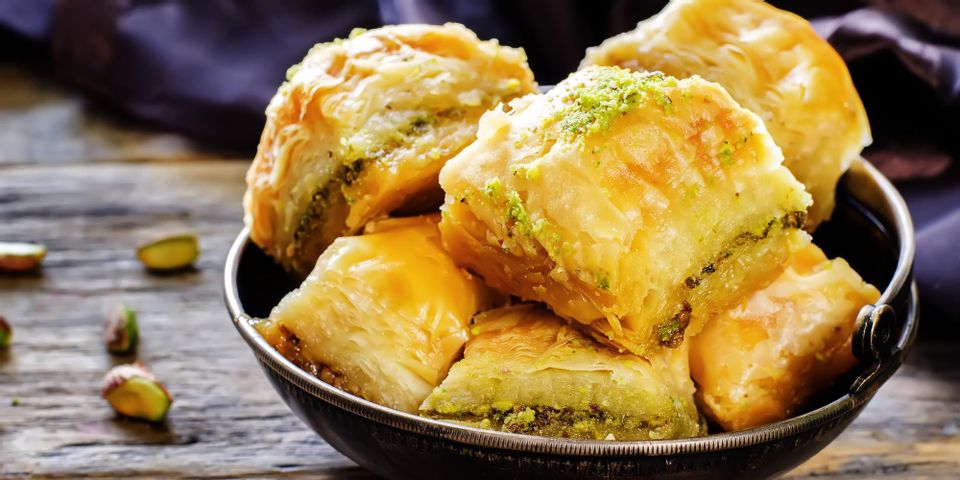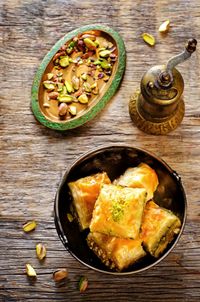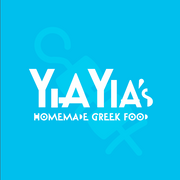
Some foods are worth starting a fight over. If you’ve ever tasted baklava, you’d understand why. This rich, flaky pastry filled with nuts and honey is something to be savored, whether after a full meal or paired with a cup of robust coffee. There has long been tension between lovers of Turkish and Greek cuisine over this dish. The overview below explains the interesting story behind this popular but controversial pastry.
How Baklava Came to Be
How Baklava Began
This coveted pastry is thought to have originated in the 8th century B.C. in Assyria. Over time, the recipe traveled through surrounding countries, becoming known as food for the wealthy upper classes. It was originally baked in wood-burning ovens, featuring multiple layers of dough, thick honey, and a chopped nut filling.
How Greek & Turkish Baklava Developed
 Once the recipe reached Athens, the Greeks developed a technique of rolling out the dough until it was paper-thin, resulting in a flaky crust called “phyllo,” which means leaf. After moving to the Arabs, Romans, and Persians, it was passed to the Turkish after the fall of Constantinople in the 1600s. Among the Turks, baklava was supplemented with aromatic spices like cardamom, cinnamon, and cloves, which were thought to be aphrodisiacs.
Once the recipe reached Athens, the Greeks developed a technique of rolling out the dough until it was paper-thin, resulting in a flaky crust called “phyllo,” which means leaf. After moving to the Arabs, Romans, and Persians, it was passed to the Turkish after the fall of Constantinople in the 1600s. Among the Turks, baklava was supplemented with aromatic spices like cardamom, cinnamon, and cloves, which were thought to be aphrodisiacs.
Why There’s Still Controversy Over Its Origins
Over the centuries, baklava has maintained its reputation for indulgence among many cultures. In 2006, ethnically Greek Cypriots claimed the pastry as their own, sparking controversy in Turkey. In 2013, the European Commission awarded Turkish Gaziantep baklava protected status, leaving a bad taste in the mouth of many Greek cuisine loyalists. This particular type of baklava is made with the characteristically Greek phyllo pastry and features a semolina cream and Antep pistachio filling.
No matter what the EU says, however, baklava is still an important part of Greek cuisine. In some regions, it’s made without first brushing the layers and is instead drizzled with hot olive oil before baking; in others, it’s filled with sesame seeds rather than pistachios. If you eat it around Easter, try counting the layers: some are made with 33 to symbolize the years of Christ’s life.
Whatever side you’re on, sample this delicious dessert at Yia Yia's- Homemade Greek Food in Manhattan’s Upper East Side. In addition to sweet baklava, this taverna offers a wide range of Greek cuisine, including souvlaki, salad, and gyro platters. To browse their mouthwatering menu, visit the website. Call (212) 452-1210 to place an order for delivery.
About the Business
Have a question? Ask the experts!
Send your question

